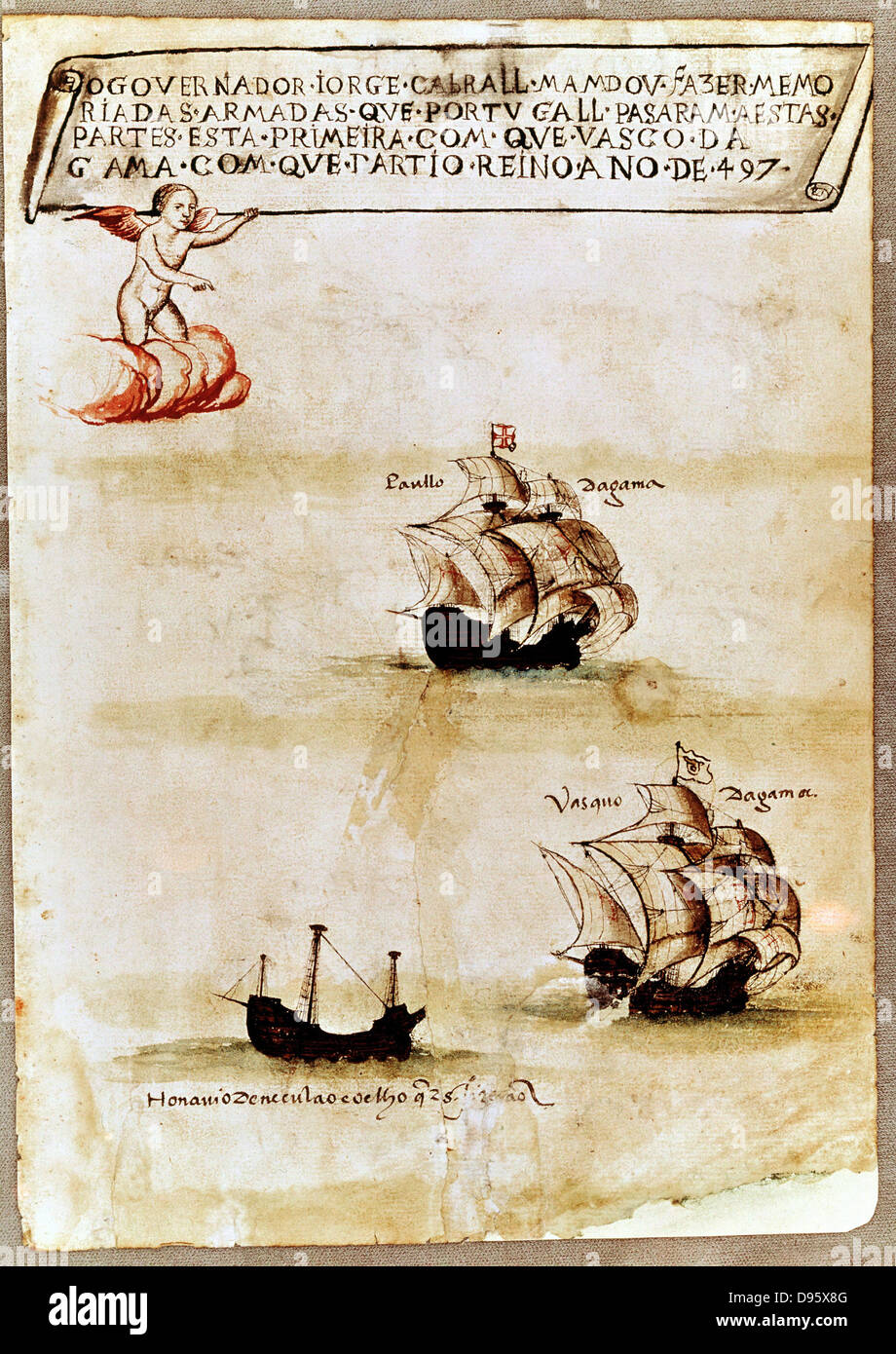

In medieval times, Kilwa was one of the most important trading centers on the east African coast. During the medieval period, it maintained an outpost at Sofala for trading with the gold-rich Kingdom of Great Zimbabwe, which was to the south. Kilwa and Songo Mnara Among the southern-most of the major city-states-and a major archaeological site today-is Kilwa, located on an island off the southern coast of Tanzania. One of the larger structures, whose ruins remain today, is a stone mosque in the city of Kilwa. Collectively, the city-states are often referred to as “stone towns,” because many buildings were constructed using stone-coral blocks held together with mortar. They traded across the Indian Ocean for items, such as pottery, silks, and glassware. The city-states were independent sultanates, although they shared a common language (Swahili) and religion (Islam). During that time, the Swahili Coast comprised numerous city-states that traded across the Indian Ocean. The Medieval Heyday The Swahili Coast appears to have reached its zenith during the Medieval Period, from around the 11th to 15th centuries. Today, the vast majority of Swahili people are Sunni Muslims.

Later, in the 12th century, Persian settlers-known as the Shirazi-arrived. Starting with the eighth century C.E.-when Muslim traders, mostly Arabs, came to settle permanently in the region-historical records became more detailed.

Not much is known about the history of the Swahili Coast in the immediate centuries after the Periplus, although archaeologists have found hints of connections between this region and the Roman and Byzantine empires. They eventually spread up and down the coast, trading with each other, with the people of the interior, and eventually people from other continents.

The original inhabitants of the Swahili Coast were Bantu-speaking Africans, who had migrated east from the continent’s interior. This coastal region, which today stretches along the eastern edge of Africa from Somalia in the north to Mozambique in the south, is known as the Swahili Coast and is home to a unique culture and language-a multicultural polyglot of African, Arab, and Indian Ocean peoples. This work, the Periplus of the Erythraean Sea, describes the wealth of ivory, rhino horn, tortoise shell, and palm oil available for trade in each of these east African city-states. One of the first written records of the area’s significance, a Greek merchant’s guide from the first century C.E., describes sailing voyages on the Red Sea and the coast of East Africa. When ships were powered by sails, the seasonally alternating Indian Ocean monsoon winds allowed for efficient sea voyages up and down the coast. What Is the Swahili Coast? On the east coast of Africa-at the western edge of the Indian Ocean-lies a narrow strip of land that has hosted travelers for thousands of years.


 0 kommentar(er)
0 kommentar(er)
